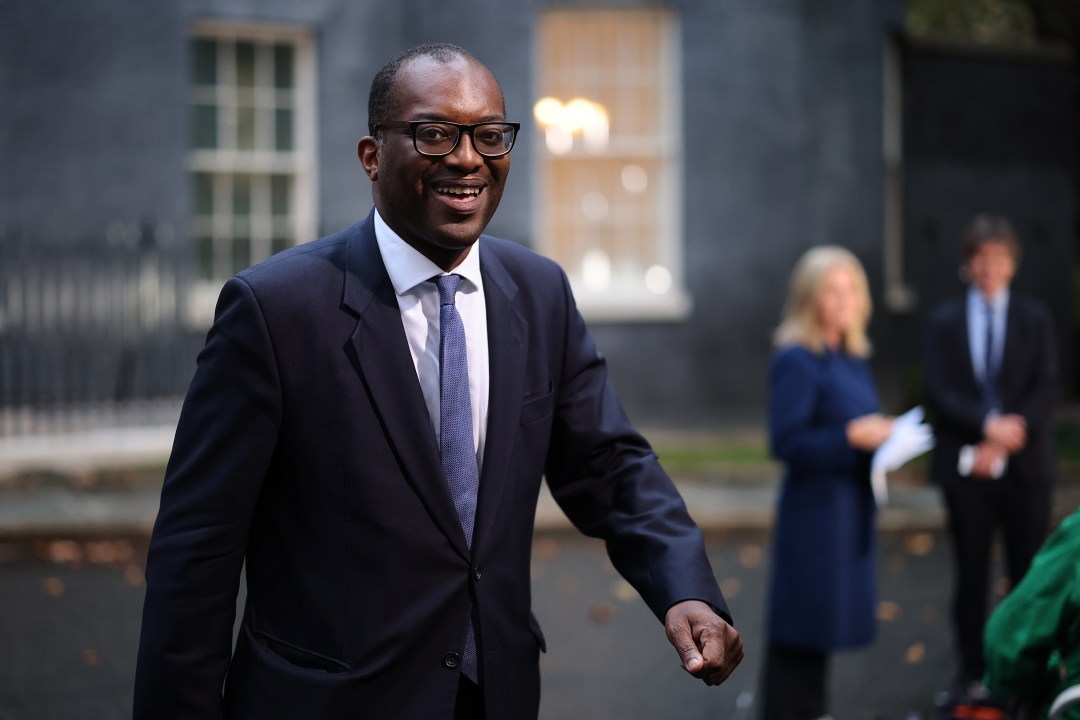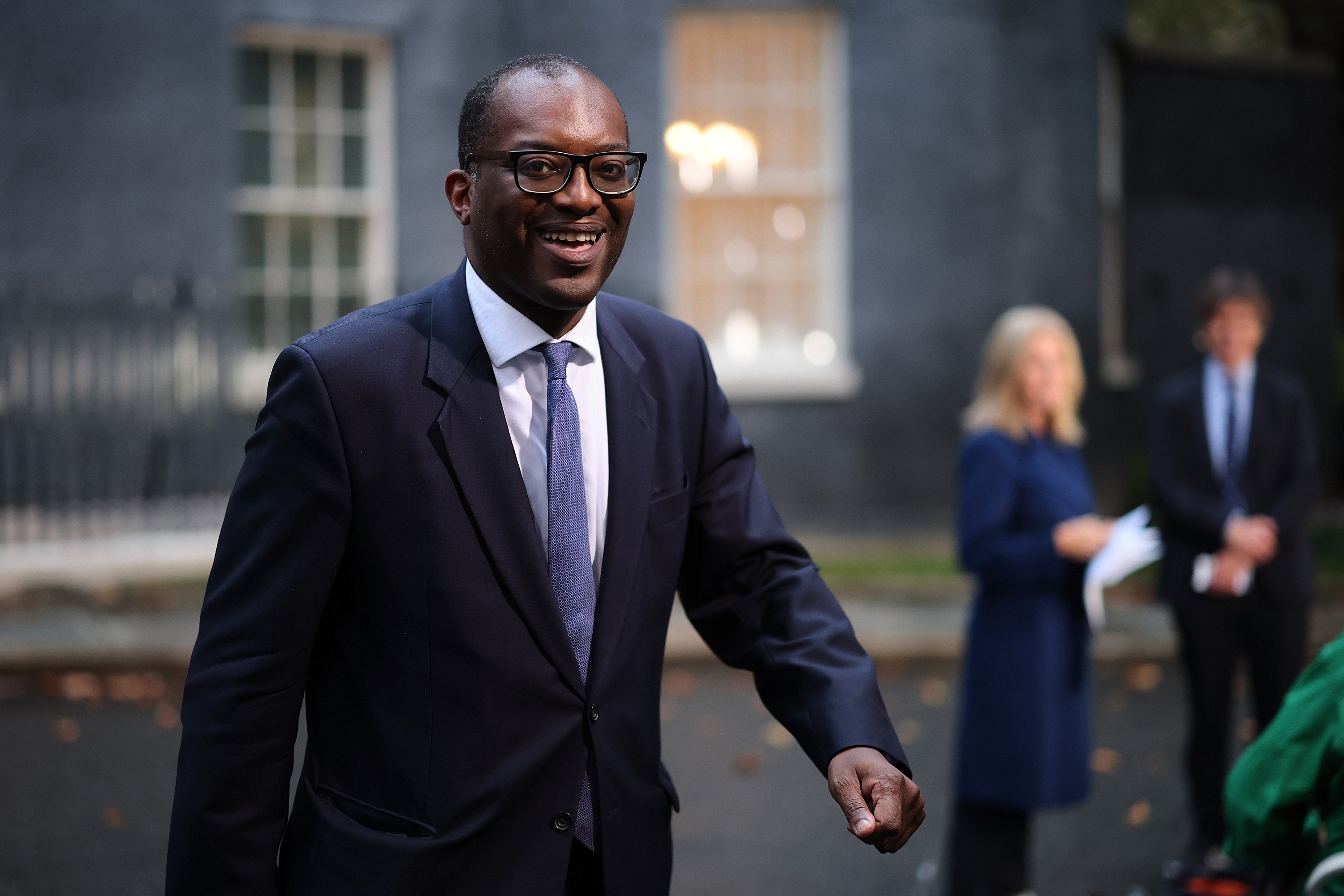George Osborne dreamed about it and Rishi Sunak told friends that he’d like to do it if everything went well and he was feeling brave. But this morning Kwasi Kwarteng has gone ahead and done it.
The ‘additional rate of tax’ – set up by Gordon Brown as a trap for the Tories in 2009 – has just been abolished. Right now, those earning more than £150,000 per year will pay 48.25 per cent on every pound they earn (45 per cent income tax plus 3.25 per cent National Insurance). From April next year, it will fall to 42 per cent (40 per cent income tax plus 2 per cent NI). A double tax cut: the additional rate goes and NI is also cut. So the biggest tax cut of Kwarteng’s ‘mini-Budget’ has gone to the very richest. Middle earners have been given a 3.5 per cent tax cut (income tax and 2.5-point cut in NI, half of which paid by employer).
The Treasury, as an institution, is deeply sceptical of the idea that high taxes deter work
The ‘additional rate’ of 10p never raised very much money because tax at such a level is a deterrent: the highest-paid will work less, dream up ways of reducing their income tax liability or avoid declaring tax in Britain. The UK government takes in almost £900 billion in tax, and the top rate contributed just £2 billion to this. So It was really never needed to raise serious money. It was Gordon Brown’s parting gift to the Tories, implemented in the last month of Labour’s 13-year rule.
Brown knew that the Tories would be lambasted if they lowered this top rate, and suspected (rightly) that a rich kid like David Cameron would live in fear of being accused of drawing up Budgets for his rich mates. Osborne tried to abolish the additional rate altogether in his 2012 Budget, but the Liberal Democrats vetoed this – so he had to compromise and keep it at 5p. When Sunak became Chancellor he would tell friends that he liked the idea of a flat rate 40p tax: for capital gains and for income tax. But he regarded cutting the top rate of tax as the most politically toxic move that the Tories could make: one they could only get away with if they massively raised living standards for others.
Kwarteng has now leapt straight in. It’s remarkable for two reasons. The Treasury, as an institution, is deeply sceptical of the idea that high taxes deter work – and, ergo, they are sceptical that tax cuts could stimulate the economy. This move is relatively small in the scale of today’s £45 billion tax cuts, costing £2.1 billion. If it lures more high-paid people to Britain, then the cost will be even lower: it’s quite possible it will be a net revenue raiser, but such things are hard to disentangle. The below chart shows that when Osborne cut the top rate of tax, the share of income tax from the best-paid people actually increased.
So they take a massive political hit – tax cuts for the rich! – for a small economic return. Even if you believe that the tax effect could be a net positive (I suspect abolishing the additional rate is a rare example of a tax cut that will pay for itself) it won’t boost the economy terribly much. It sends a message, showing the world that Britain is under new economic management and once again welcomes entrepreneurs. But it’s hard to trace the effect of that.
If Nicola Sturgeon does not repeat the tax cut for Scotland then the top rate will be 48 per cent in Scotland and 42 per cent in England. This is quite the differential, so it will be interesting to see how the SNP responds.
Ever since the ‘additional rate’ was introduced by Brown, I’ve been calling for its removal – and am struck to see Kwarteng use up so much political capital on this mission. And without having done terribly much for those earning less than £150,000 and with the economy still stagnant (and the pound tanking). Politically, it’s quite the risk. If it all goes better than expected and entrepreneurs come flocking back to Britain and this is the ‘game-changing’ budget promised, then he can claim vindication. But if not? That’s a gamble that the Chancellor is quite clearly willing to take.








Comments